Table of content
In the vast tapestry of Chinese culinary traditions, zongzi, or rice dumplings wrapped in bamboo leaves, stand as a timeless emblem of festivals and family gatherings. Originating from the ancient Dragon Boat Festival in honor of the patriotic poet Qu Yuan, zongzi have evolved from a simple offering to a culinary delight enjoyed year-round. Among the myriad flavors, meat zongzi, with their savory blend of pork, spices, and glutinous rice, hold a special place in the hearts and stomachs of many. This article embarks on a culinary journey, guiding you through the art of making authentic meat zongzi, from selecting the finest ingredients to perfecting the wrapping technique and achieving that mouthwatering, aromatic finish.
Ingredients: Preparation is Key
Before diving into the preparation, it’s crucial to gather high-quality ingredients. The foundation of any great meat zongzi lies in the rice and meat. Here’s a detailed breakdown:
-
Glutinous Rice: Choose fresh, high-quality glutinous rice. Soak it in water for at least 4 hours or overnight. This step ensures the rice absorbs enough moisture to cook evenly and become sticky and tender.
-
Pork Belly: Opt for pork belly with a good fat-to-lean ratio. The fat melts during cooking, infusing the rice with rich, savory flavors. Cut the pork into small cubes, about 1-inch in size, and marinate them with soy sauce, Shaoxing wine, five-spice powder, garlic powder, ginger slices, and a touch of sugar. Let the meat marinate for at least 2 hours, preferably overnight, to allow the flavors to penetrate deeply.
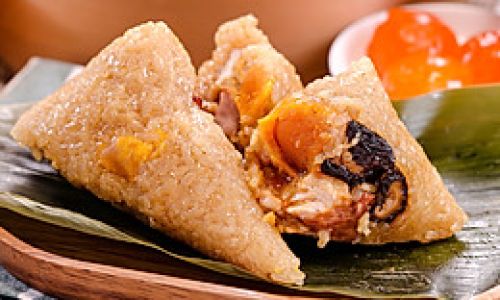
-
Bamboo Leaves: Fresh or dried bamboo leaves are essential. Fresh leaves provide a delicate aroma, while dried ones are more convenient and readily available. Soak dried leaves in hot water for about 30 minutes to soften them and remove any dirt. Fresh leaves should be cleaned thoroughly under running water.
-
Other Ingredients: Depending on your preference, you can add additional elements like salted eggs, dried shrimp, or lotus seeds for added texture and flavor. Don’t forget the string or cotton twine for tying the zongzi.
Preparation: A Step-by-Step Guide
Step 1: Preparing the Bamboo Leaves
-
Cleaning: If using fresh leaves, rinse them thoroughly under cold running water. For dried leaves, soak them in hot water until pliable.
-
Boiling: To enhance their flexibility and remove any bitterness, boil the leaves for about 5-7 minutes. Drain and let them cool slightly before handling.
Step 2: Assembling the Zongzi
-
Folding the Leaf: Place a bamboo leaf on a flat surface with the glossy side up. Fold the leaf in half lengthwise, creating a cone shape. Make sure the pointy end is tightly sealed to prevent leakage.
-
Adding Rice: Spoon a layer of soaked glutinous rice into the cone, filling it about one-third full. Press down gently to compact the rice.
-
Adding Meat: Place a few pieces of marinated pork belly on top of the rice layer. You can also add a half-boiled salted egg or a few dried shrimp for extra flavor.
-
More Rice: Cover the meat with another layer of rice, filling the cone almost to the top but leaving enough space to fold and seal the zongzi.
Step 3: Sealing and Wrapping
-
Folding: Fold the sides of the bamboo leaf over the rice, ensuring they overlap slightly to create a secure seal.
-
Tucking: Fold the excess leaf material over the top, tucking it in tightly to form a neat, triangular shape.
-
Tying: Secure the zongzi with string or cotton twine. Tie it tightly but not excessively, as you want to avoid compressing the rice too much.
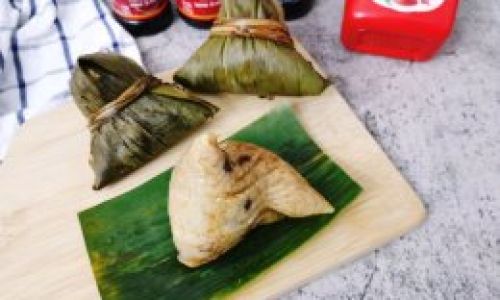
Step 4: Cooking the Zongzi
-
Boiling Method: The traditional way to cook zongzi is by boiling them. Fill a large pot with enough water to fully submerge the zongzi. Bring the water to a rolling boil, then reduce the heat to a simmer. Add the zongzi, ensuring they are not overcrowded. Simmer for about 3-4 hours, adding more boiling water if necessary to keep the zongzi submerged.
-
Steaming Method: An alternative is to steam the zongzi. Arrange them in a steamer basket over boiling water. Cover and steam for about 4-5 hours, checking occasionally to ensure the water doesn’t dry out.
Serving and Enjoying
Once cooked, remove the zongzi from the pot or steamer and let them cool slightly. Carefully untie and unwrap each one. The aroma of the steamed bamboo leaves, combined with the savory scent of the pork and spices, will fill the air, tantalizing your senses.
Serve the zongzi warm or at room temperature. You can enjoy them as a standalone snack or pair them with soy sauce, chili sauce, or pickled vegetables for added flavor. They are also delightful dipped in a mixture of honey and sesame oil for a sweet-savory contrast.
Tips for Perfect Meat Zongzi
-
Marinate Longer: The longer the meat marinates, the deeper and more complex its flavor will be.
-
Use Fresh Ingredients: Quality ingredients make all the difference. Fresh bamboo leaves, high-quality pork, and good-quality soy sauce can elevate your zongzi to the next level.
-
Patience is Key: Cooking zongzi takes time, but the wait is worth it. Slow cooking allows the flavors to meld together perfectly.
-
Experiment with Flavors: Don’t be afraid to experiment with different spices and ingredients. Adding a touch of hoisin sauce or star anise to the marinade can create unique flavor profiles.
Conclusion
Making meat zongzi is not just a culinary endeavor; it’s a journey through tradition, patience, and the art of flavor creation. Each step, from soaking the rice to tying the final knot, contributes to the final taste and texture. As you savor each bite, you’ll not only be enjoying a delicious meal but also connecting with a rich cultural heritage. So, the next time you celebrate the Dragon Boat Festival or simply want to indulge in a culinary adventure, give meat zongzi a try. With the right ingredients, technique, and a bit of love, you’ll create a dish that’s sure to become a family favorite. Happy cooking!
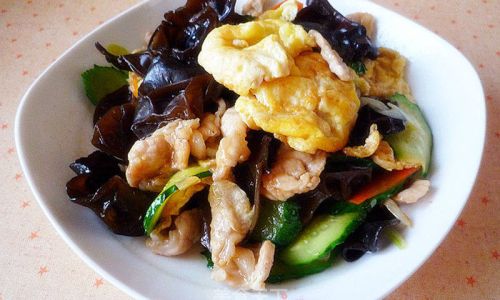
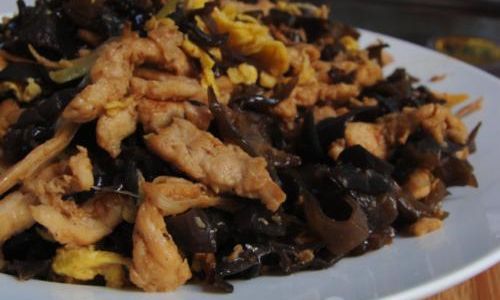
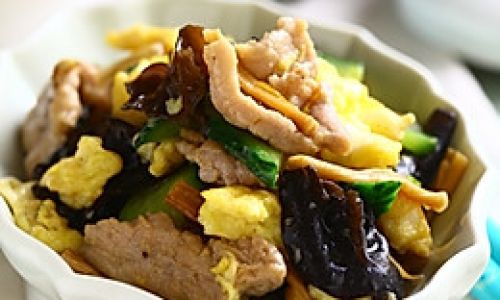
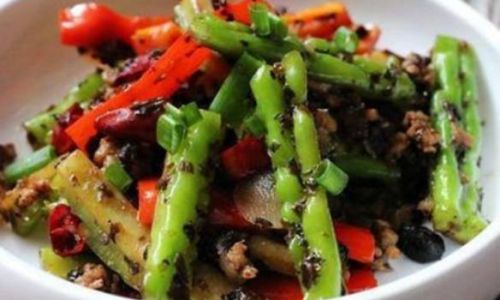
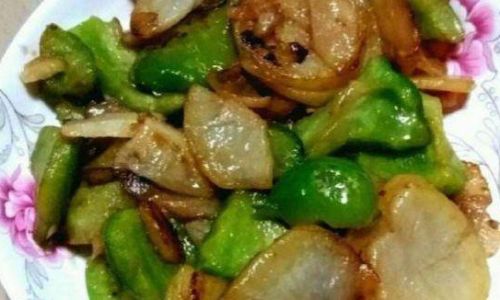
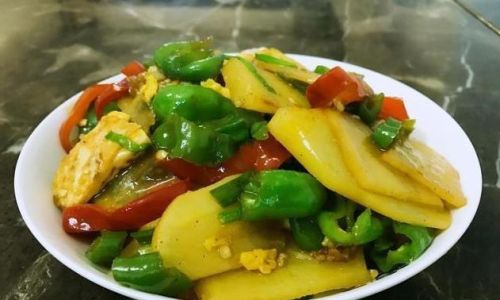
0 comments